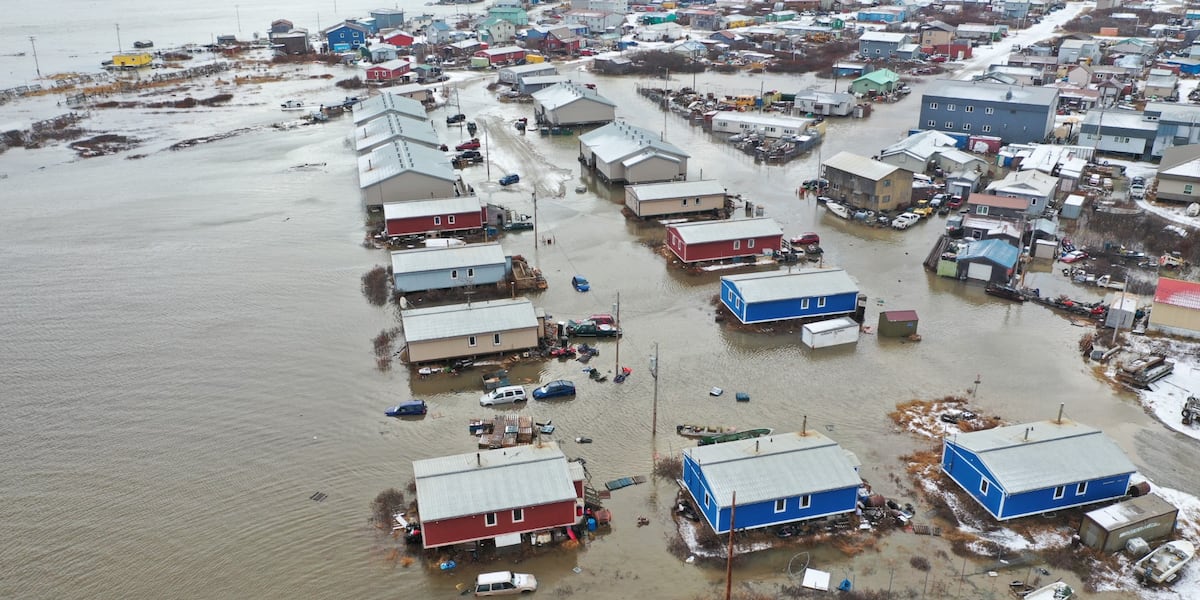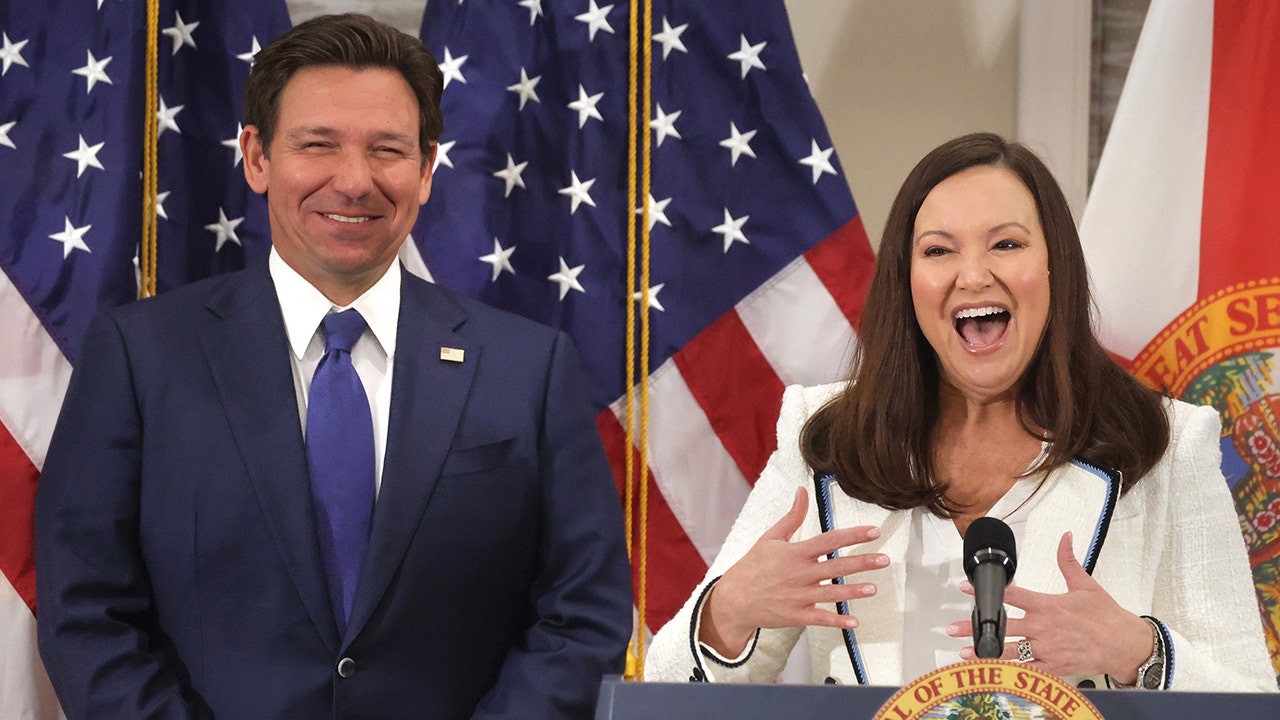Special Olympics Alaska sent two of its qualifying members to participate in the 2023 World Games in Berlin, and even though the closing ceremonies won’t happen until Sunday, both athletes have already turned in impressive performances.
Eagle River’s Bobby Hill III won four medals in powerlifting, including gold in the bench press and silver in squat, deadlift, and combination.
Palmer’s Gretchen Winter placed fourth in the 1500 meter race with a mark of 6 minutes, 5.65 seconds. She is also the only female on the Team USA 4×100 relay team, whose race will be broadcast on ESPN3 and ESPN+ on Saturday.
:quality(70)/cloudfront-us-east-1.images.arcpublishing.com/adn/5AMFKDBM45F7NLBW66CNQDMIRI.jpg)
Anchorage’s Nance Larsen was one of the volunteers who also made the trek overseas and witnessed both Hill and Winter’s impressive feats of athleticism in person.
While she doesn’t know Winter personally, Larsen had an opportunity to chat with her after she ran the 1500 meters.
“What an incredible athlete, what a great story, she was really driven and was just so excited to be representing her country,” Larsen said.
Larsen has known Hill for many years and said he is an “absolute fan favorite in the powerlifting community.”
:quality(70)/cloudfront-us-east-1.images.arcpublishing.com/adn/GISKACSWQVGMNI74RBMETULQS4.jpg)
“He is just exuberant when he competes and it shows in every fiber of his being,” Larsen said. “It’s amazing to watch him compete and know that this is a person that’s actually from my community. It’s just phenomenal to see how far the program has come and the impact that it has on our local athletes.”
She saw Hill win gold in the bench press and take silver in the squat. Anytime she has a chance to watch him compete, Larsen describes the experience as “a complete joy.”
“Something comes over him and he just ignites the crowd,” she said. “He’s absolutely into it. He gets the crowd excited and they’re excited to see him. He just lights up that stage like no one else.”
Larsen was far from the only one cheering loud and proud for Winter as she ran her race.
“Gretchen has an entire contingent here of relatives from Germany, from Alaska, from California,” she said. “They all have Gretchen Winter signs and they are just lining the competition site cheering her on.”
Larsen added that it was “just incredible” to see the overwhelming support that both athletes received at the 2023 Games.
Winter will stay behind a little longer after the Games have concluded to spend more time with family and friends, but Hill will return home Monday. His Alaska Airlines flight is set to arrive at 11:37 p.m. in Anchorage, and his supporters will be waiting at the airport to welcome him back.
Getting involved and growing the Games
Larsen first became involved with the Special Olympics as the marketing communications director for the 2001 World Winter Games, which were held in Anchorage, and has been a regular communication volunteer ever since.
“The experience in Anchorage was literally life-changing, and it’s something that I’ve just been committed to ever since,” she said.
While she was originally born in Everett, Washington, she grew up and raised her family in Anchorage. This marked her ninth time volunteering at a World Games event.
“It was just an incredible opportunity to participate in a global event that was coming to Anchorage,” Larsen said. “(It was) something that had not previously been seen in the area.”
:quality(70)/cloudfront-us-east-1.images.arcpublishing.com/adn/N4P7V2QAPBEOLJ5SQCIVKFFLHY.JPG)
Larsen said watching Hill and Winter represent the state on the international stage and test their mettle against some of the best Special Olympics athletes from around the world “was incredible” and reminiscent of her first experience working the World Games.
“It really did take me back to the Games that were in Alaska, the way our community came together and supported an incredible global event,” she said. “To see the work that was done there kind of laid the foundation for where we are today.”

:quality(70)/cloudfront-us-east-1.images.arcpublishing.com/adn/ONARCBLL45DUHDJ4HWDJG3XVI4.jpg)
:quality(70)/cloudfront-us-east-1.images.arcpublishing.com/adn/JRJWL52K4BARFJVJESLL6CRA64.JPG)




















/cdn.vox-cdn.com/uploads/chorus_asset/file/25822586/STK169_ZUCKERBERG_MAGA_STKS491_CVIRGINIA_A.jpg)

/cdn.vox-cdn.com/uploads/chorus_asset/file/25821992/videoframe_720397.png)




/cdn.vox-cdn.com/uploads/chorus_asset/file/23935558/acastro_STK103__01.jpg)